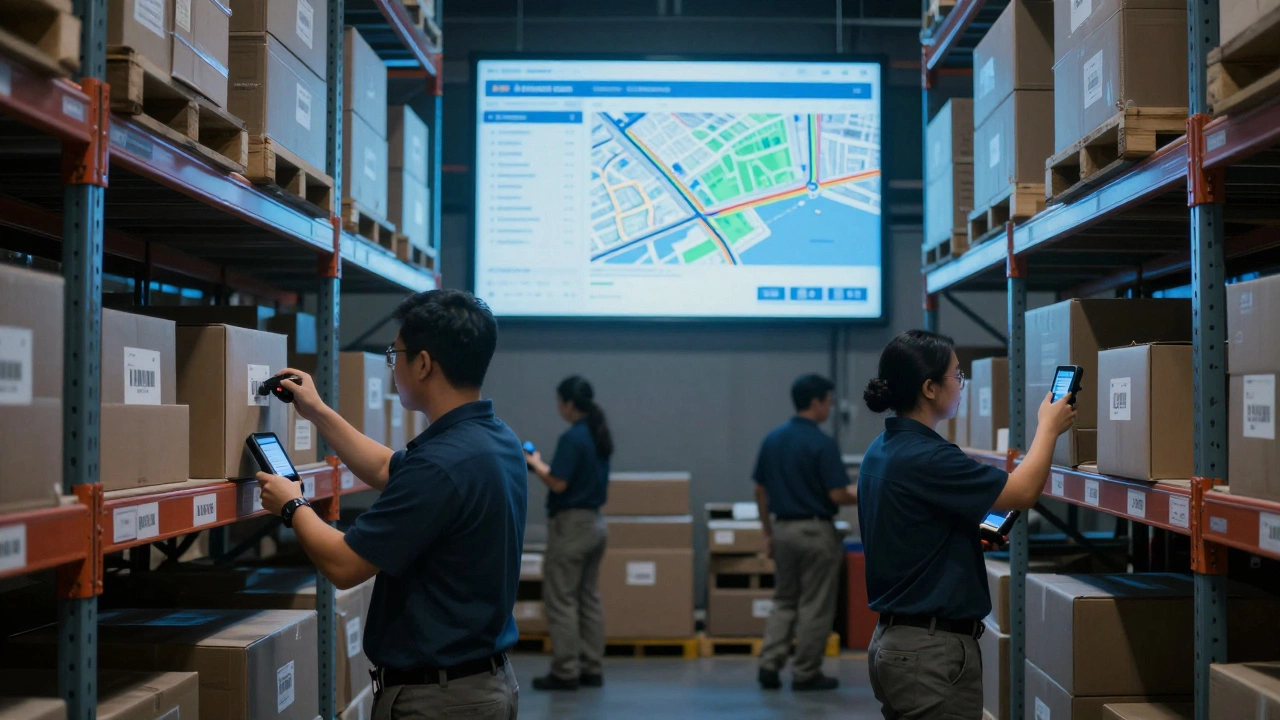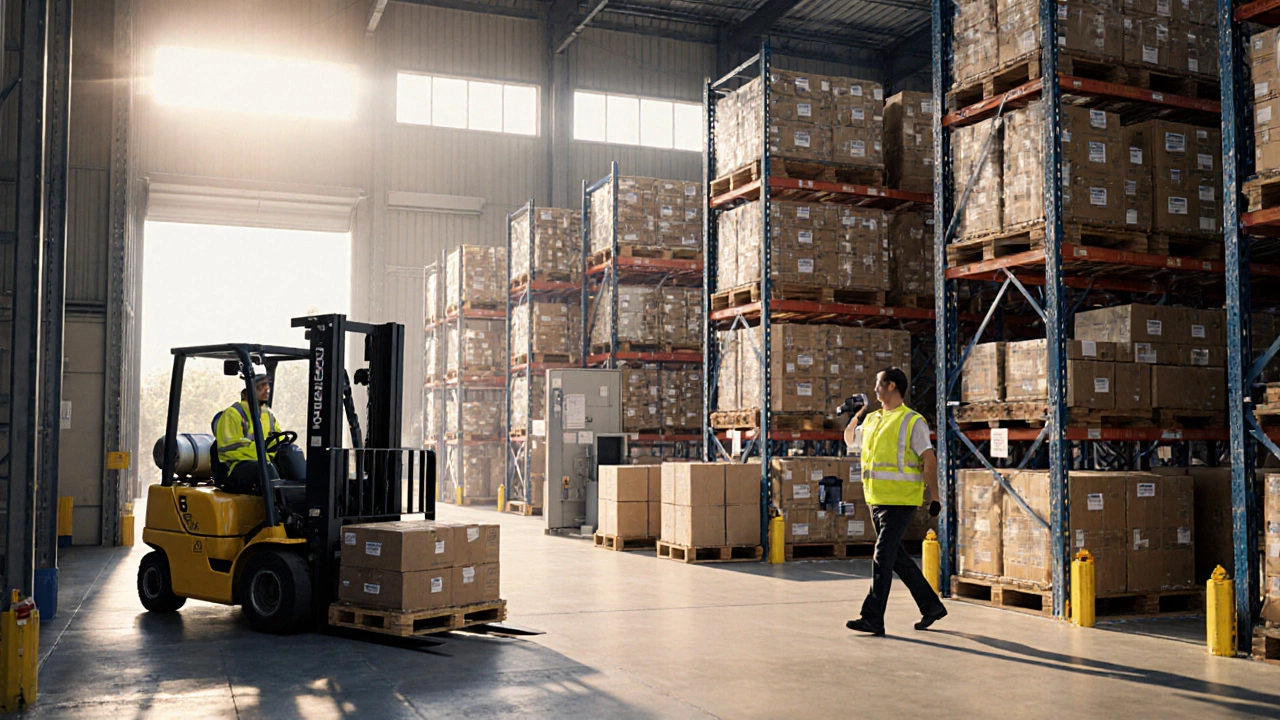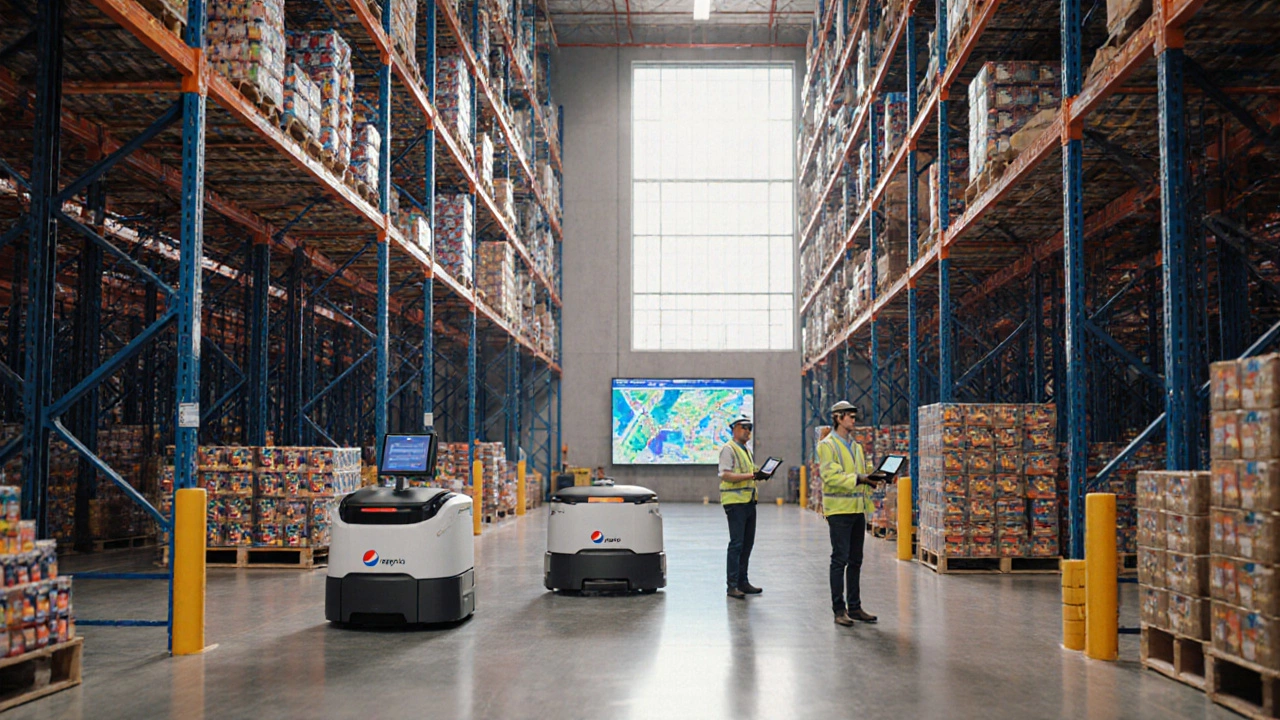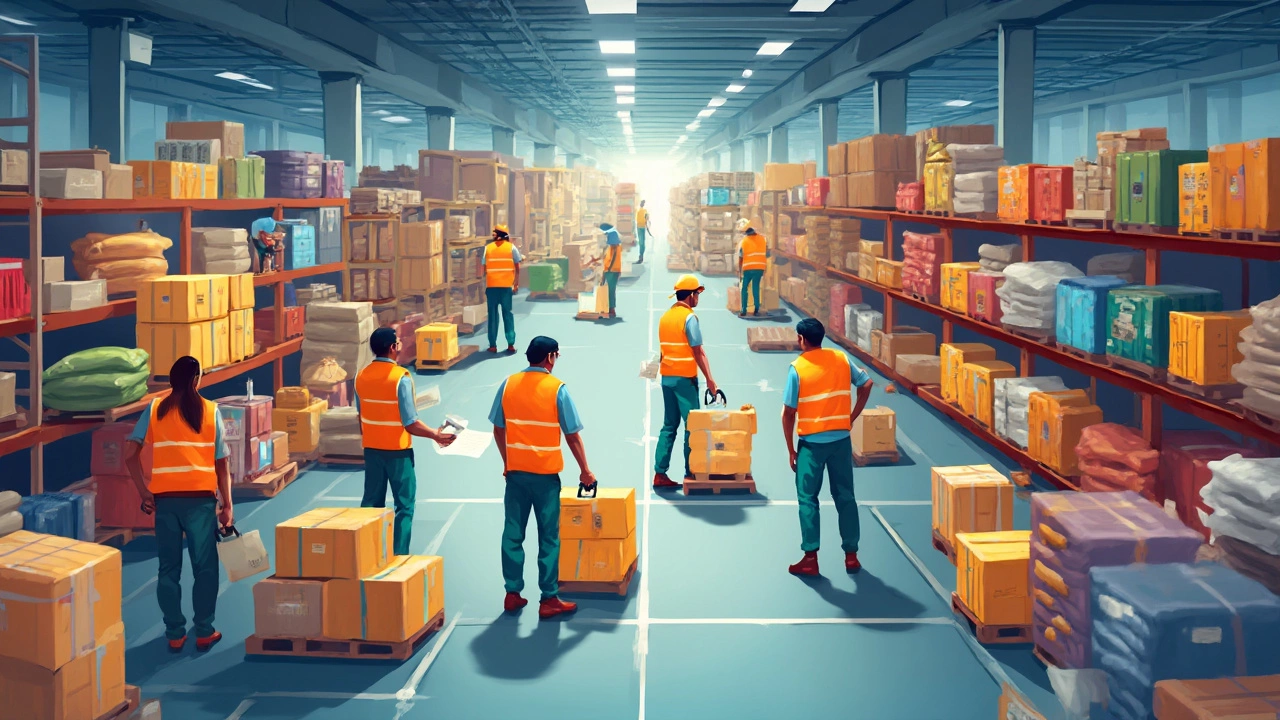Warehouse Solutions Guide: Types, Tech & Careers to Supercharge Your Operations
Running a warehouse feels like juggling boxes, people, and deadlines at once. The good news? You don’t have to guess which tools or layouts work best. In the next few minutes we’ll break down the main warehouse types, the tech that makes them tick, and the jobs that pay the most.
What are the main warehouse types?
First up, storage warehouses. Think of them as giant closets – they keep inventory safe until you need it. You’ll usually see long aisles, pallet racks, and simple inventory tags. Next, distribution centers. These are the sprinting stations of the supply chain: goods arrive, get sorted, and ship out fast. They need dock doors, conveyor belts, and a solid loading plan. Finally, fulfillment centers. If you’ve ever ordered something online and it showed up in a day, a fulfillment center handled it. They combine picking, packaging, and last‑mile prep, often using robots or pick‑to‑light systems.
Choosing the right type depends on your product flow. Store bulk raw material? Go storage. Need fast regional delivery? Distribution wins. Selling directly to customers? Fulfillment centers are your friend.
Tech and tools that boost warehouse performance
Now, let’s talk tech. A Warehouse Management System (WMS) is the brain behind every move. It tracks where each pallet lives, tells workers the next pick, and flags errors before they happen. There are four common WMS styles: basic inventory, order‑centric, labor‑focused, and AI‑driven. Pick the one that matches your size and budget.
SAP is the heavyweight champion for big enterprises. It handles everything from procurement to shipment, but you’ll need training – the learning curve feels steep at first. Don’t worry, most providers offer short courses that turn the jargon into plain steps.
Automation is no longer futuristic. Simple barcode scanners, RFID tags, and voice‑directed picking can slash errors by 30 % or more. If you have the cash, robotic arms and automated guided vehicles (AGVs) keep aisles clear and speed up heavy lifting.
Don’t forget labor management. A Labor Management System (LMS) pairs with your WMS to schedule shifts, track productivity, and reward high performers. The right combo can boost throughput without hiring extra hands.
All this tech sounds pricey, but many vendors offer cloud‑based plans that start low and scale with you. Start with a basic WMS, add SAP modules as you grow, and sprinkle in automation where you see bottlenecks.
Now for the people side. Curious about pay? Warehouse managers often top the salary chart, especially in high‑traffic distribution hubs. They oversee staff, budgets, and performance metrics, earning 20‑30 % more than line workers. Specialized roles—like SAP consultants or robotics technicians—can also command six‑figure packages.
If you’re eyeing a warehouse job, focus on learning barcode systems, basic data entry, and safety protocols. Certifications in forklift operation or SAP basics add instant value. Companies love candidates who can hit the ground running.
Quick checklist for a smoother warehouse setup:
- Identify your primary warehouse type (storage, distribution, fulfillment).
- Pick a WMS that matches your operation size.
- Consider SAP if you need enterprise‑level integration.
- Start automation with low‑cost tools—scanners, RFID, voice pick.
- Invest in LMS to keep labor costs in check.
By mapping out the right type, plugging in the right tech, and rewarding the right people, you’ll see faster shipments, lower errors, and happier customers. That’s the real power of solid warehouse solutions.











